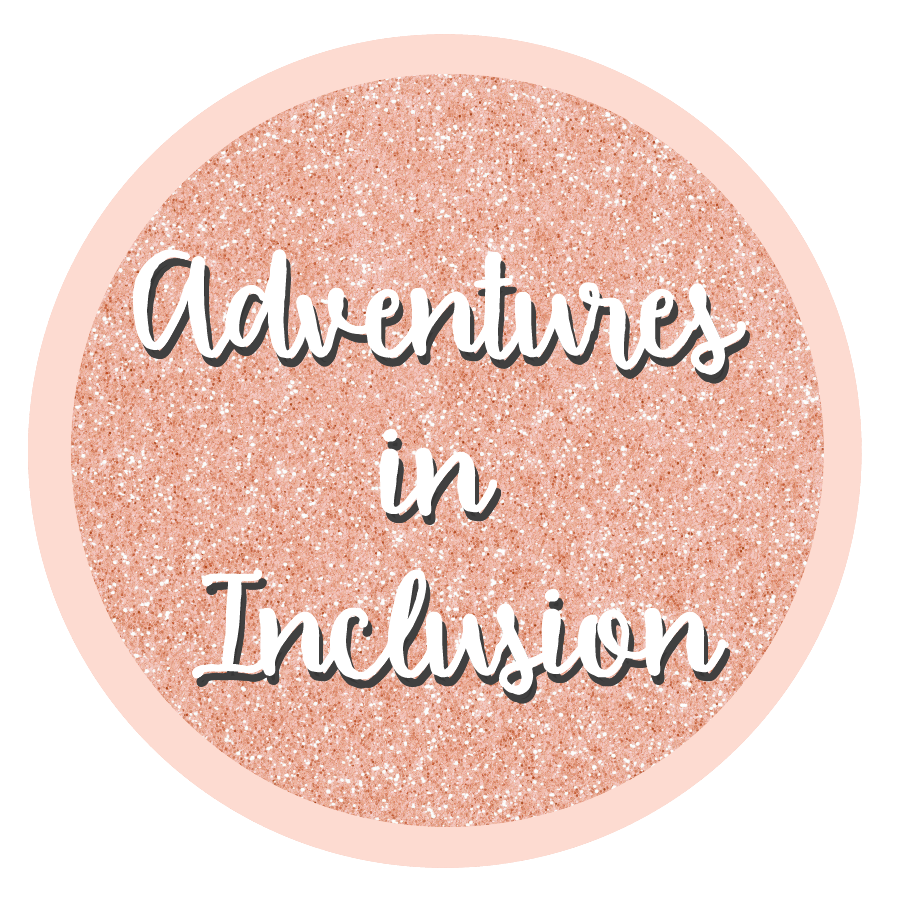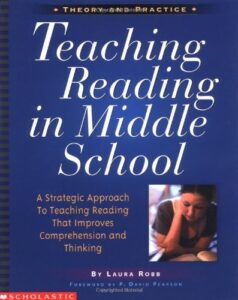
Pre-Reading Strategies for Middle School
Teaching reading to middle school students can be difficult. There aren’t as many resources for teaching middle school reading intervention. Check out 4 Resources for Middle School Reading Intervention.
It can also be difficult to find age-appropriate activities to work with students on pre-reading.
K-W-L Chart
This is one technique for pre-reading that does translate to older students.
A K-W-L Chart is where you have the students start by listing what they know about a topic (this is the “K”).
Then, you have them make a list of everything that they want to know about the topic (the “W”).
And then post-reading you add the third column of everything that they learned about the topic (the “L”).
With older students, I tend to also use this as a technique to help them practice with research and for the L column, they have to state evidence from the text to support it.
Preview the Text
If the text is non-fiction:
Have the students look ahead and read any headings. Have them read any subheadings. Your students should preview any pictures in the text and read the caption with it.
If the text is fiction:
Have the students read the title. If there is a summary, have them read it first. Have students preview any pictures and make predictions about what the story will be about.
Previewing Vocabulary
This can be very important when dealing with ELL students as well as students with a reading disability. Before you begin reading the text work through the vocabulary. Discuss the different words that they are going to come into contact with that may be difficult for them. Students who are reading texts where they don’t understand the words are going to get frustrated and give up.
Also if they are not understanding some of the important vocabulary words, they are not going to fully comprehend the text.
Review Background
If you are going to read a story with your class, take time to think about what background information they would need to comprehend the text.
As teachers, we often assume students know things about the past that they may not. I was shocked this year when before a unit on the Holocaust I asked kids what they knew about it. The answer was that they knew very little, and some students knew nothing at all.
So, to be careful, don’t assume your students know anything about the text. Create a lesson or a webquest where they discover the information that they will need!
More Resources:
 Also, Check Out:
Also, Check Out:
Accommodations to Support Students who Struggle with Executive Functioning
Get your free IEP summary page!

Subscribe to get our latest content by email.







